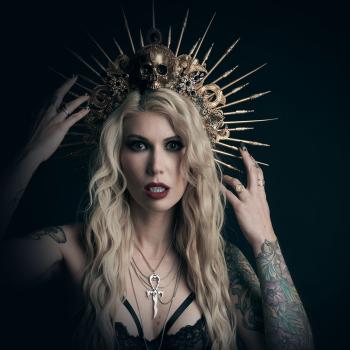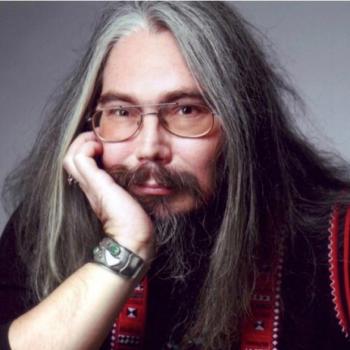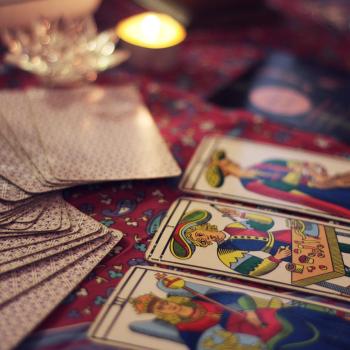 Pixnio. Stock photo.
Pixnio. Stock photo.
Searching for Personal Truth
Many individuals seem to be seeking out the wisdom of their ancestors, turning towards a more animistic way of operating. There is wisdom and power in our connection with the Land, and the Blood that flows within us. While some people feel called to specific pantheons, and are comfortable working with deities to which they have no ancestral connection; others are not called in the same way. What many of us initially found in neo- paganismand witchcraft led us to the discovery of the folk magic and animism of our distant ancestors.
Certain individuals who once considered themselves part of the neo-pagan spiritual movement have moved on to new ways of working. However, they continue to work through issues and heal wounds that have occurred as a result of their connection to the community. One individual in particular has shown a great amount of disdain for the Pagan Community since this transition, and is quick to point out its flaws.
While the history of the neo-pagan movement is flawed, like all other spiritual movements that have skeletons in their closet; those things do not define who we are and where we are headed. In a recent article, Sarah Anne Lawless, a well-known herbalist and animist has distanced herself from the Pagan Community, recounting her experiences of abuse and harassment. For Sale: Paganism ‘As Is’ by Sarah Anne Lawless She talks about conspiracy in the formation of the American Council of Witches, and the origins of the neo-pagan spiritual movement. The article also mentions many individuals, many of whom are still active in the magical community, calling them out by name and detailing the various accusations that have been made of these individuals over the years.
Her willingness to point out the faults of so many big names, that were an integral part of the early days of neo-paganism and founders of influential traditions was daring and courageous on her part. Many people have voiced their support of her actions since the article was circulated. While her intentions were noble, she has received backlash from many individuals in the community for her implications and criticism. She has alleged that various authors and publishers have been part of a capitalistic conspiracy and implies that others have invented “fakelore” for their own benefit.
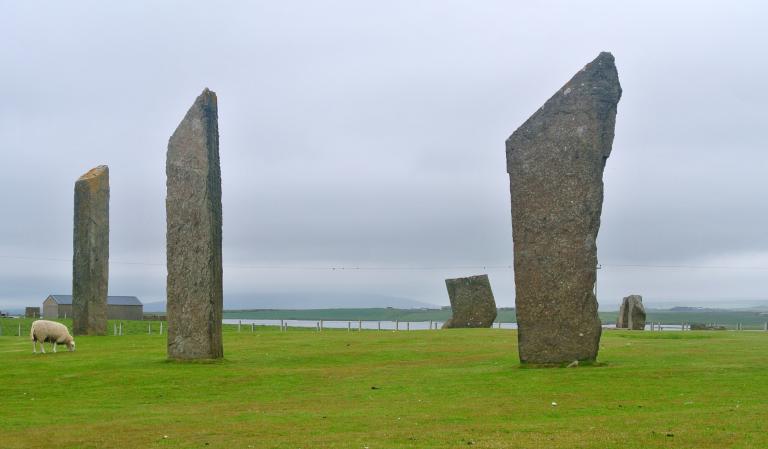
Divisions in the Magical Community
Another disturbing article that paints the magical community in a bad light, is an article that appeared in The Atlantic. The Witches of Baltimore by Sigal Samuel was published on November 5th, 2018. The article states “black millennials are leaving church for African Witchcraft.” The general tone of the article is rather off-putting and has been written about more extensively by Lilith Dorsey, where she shares the opinions of other women of color who practice African spiritual traditions. Black Witches Talk Back: An Open Letter to The Atlantic by Lilith Dorsey Samuel’s article seems to be written from the point-of-view of an outsider looking in, portraying these women as an exotic spectacle. The categorization of these practitioners as “Black Witches” paints these individuals with a broad brush instead of recognizing their diverse origins and distinct traditions. Many of these women practice traditional African Religions that are not considered Witchcraft.
Creating unnecessary divisions between practitioners of African traditions that happen to be black and practitioners of European traditions that happen to be white is arbitrary. In reality there is a blending of people from different backgrounds within all of these traditions. The distinction of black and white to describe witchcraft as good or evil is virtually extinct within the magical community, and similar divisions based on skin color do not need to be made.
A music video called Brujas by Princess Nokia, is referenced in the article and perpetuates this idea. The music video starts out with scenes that are practically copied from the movie The Craft, going on to say things like “everything you got, you got from us,” and “white magic ain’t nothin.” It implies that one form of practice is better or more powerful than another. When in reality the traditions that all of these practices are based on arose independently from tribal cultures practicing animism and ancestor veneration, growing out of the land itself.
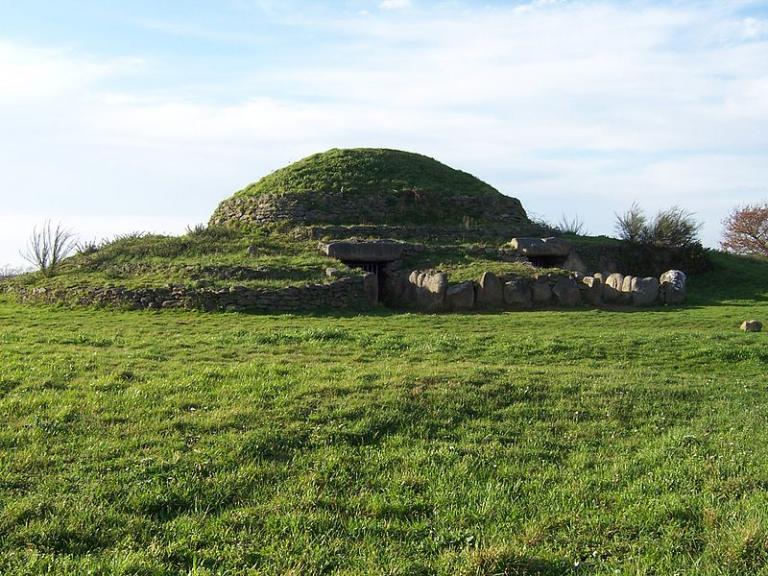 Wikimedia Commons.
Wikimedia Commons.
Animism, replacing Paganism
It seems as though the “big tent” of paganism can feel rather crowded at times. With so many individual practices and distinct traditions seeking legitimacy and a firm foundation on which to stand. it can feel like being caught in quick sand with everyone grabbing for something firm to hold onto to avoid sinking into an unrecognizable mass. As a living tradition and young spiritual movement, it is going to have growing pains. I think the terms pagan and neo-pagan are beginning to be replaced by more specific titles like Heathenism, Traditional Witchcraft, and Animism. These titles provide more description of the beliefs of the adherent and help them to differentiate from more generic terms.
Magical practices have become such an eclectic mixture of tools, rituals and techniques from different cultures and time periods. I think it is becoming more difficult for people to reconcile their magical practices with a cohesive sense of spirituality. The proliferation of books, blogs, and the many other available resources have helped spread these ideas and inspire individuals on their paths. At the same time, it can be information overload. Discerning the difference between historical information backed up by scholarly research and an individual’s personal inferences can be a dilemma. Some people are fine with t utilizing information that they know has been added to and changed from person to person. This was the case with the oral traditions that a lot of our oldest lore is based in. Stories and practices were shared with close knit communities and family lines, eventually spreading with each individual adding or subtracting what they saw fit.
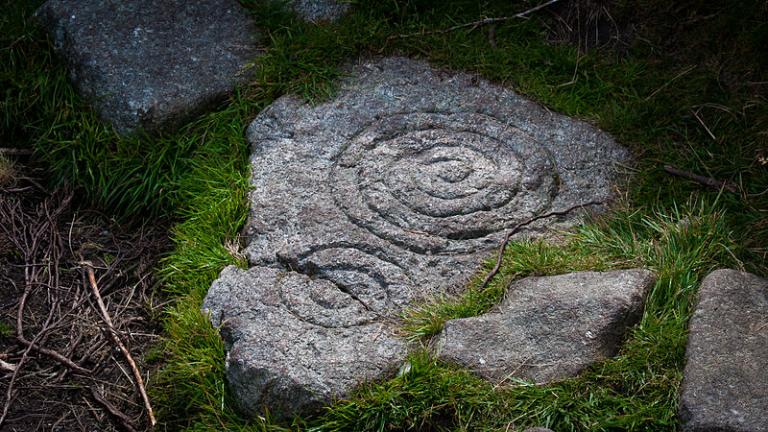 Spiral Stone. Tibradden Mountain. Dublin, Ireland. Wikimedia Commons.
Spiral Stone. Tibradden Mountain. Dublin, Ireland. Wikimedia Commons.
Traditional Practices
Folklore is always changing, transformed by the very people who transmit it. Spiritual practice is subjective, it manifests differently according to each individual. Magical practice is an art form, a collection of technical skills that can be combined in an infinite number of ways. It is different from religion. It is not doctrine, and while certain practices have historically verifiable precedents they are still viewed through our modern context.
There are individuals that practice reconstructionist traditions that want to replicate things as accurately as possible. On the other end of the spectrum, there are those who follow eclectic paths that draw from multiple sources regardless of the historical origins. Other individuals take elements rooted in the past and combine them with more modern concepts and tools while maintaining the integrity of the tradition’s foundations. I believe that Traditional Witchcraft is one example of a tradition that maintains this balance, and is the reason why it is attractive to so many people. It has the primal animistic qualities of ancient pagan practices, colored by local folk magic rooted in distinct geographical and cultural areas, and it is highly individualistic. It keeps intact the traditional imagery and characteristics of the witch as they were known in the Middle Ages. While the concept of magical practitioners is ancient, evidenced by the unique cultural titles of these individuals, the concept of the Witch is more modern. In its current form the figure of the witch has been shaped by the folklore and superstitions of the Middle Ages. It is also influenced by the propaganda of the early Christian Church, and its existence in a predominantly Christian-patriarchal society. Many of these characterizations draw from earlier Greco-Roman myths, and the demonization of other minority groups during that time. Today, the Witch carries all the baggage of a sordid past, as well as influences from the modern neo-pagan movement and popular culture.
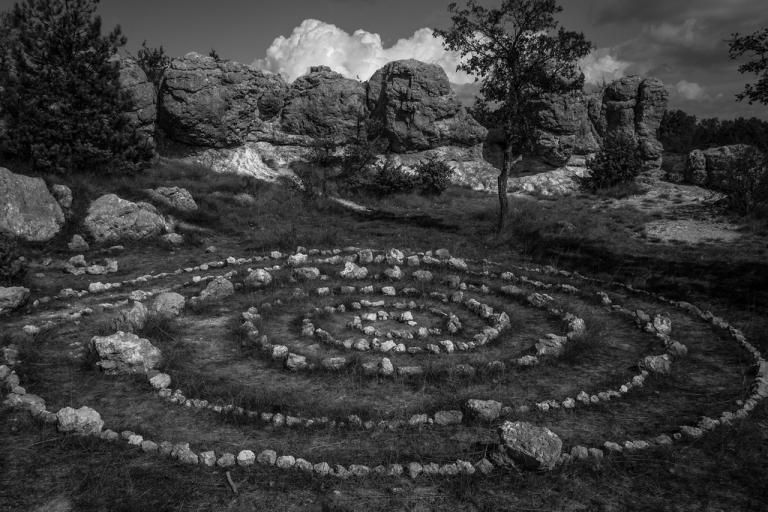 Spiral Stones. Willy Verhulst. Flickr.
Spiral Stones. Willy Verhulst. Flickr.
Finding the Core of Practice
Instead of providing clarity and discernment, many of these words cause confusion and do not adequately describe the intent of the individual using them. Other adjectives and clarifiers are added and new terms are created to add further distinction. However, this seems to muddy the already murky waters, creating unnecessary divisions.
No human institution is going to be perfect, and will not adequately encompass the infinite variations and interpretations of its individual adherents. I think this is a time to turn inward and dive deeper than ever before. This is a time for individuation and solitary practice. The presence of dark deities and chthonic spirits that have manifested so strongly during this time are telling us to journey to the Underworld and find our own ancestral pools of wisdom. We learn to distinguish between our own core practices, and the practices of others. We should take inventory of ourselves, decide what the most important core foundations of our spirituality are and rebuild from there. Looking to the great masters of the past, the Mighty Dead, and our own ancestral wisdom will provide an unshakable foundation. Only then can we begin to add to that core, grafting on those beliefs and practices that naturally resonate with our deepest truths.







